
Why Did Pharaohs Abandon Pyramids for the Valley of the Kings?
On the east bank of the Nile, the ancient city of Thebes-modern Luxor-pulsated with life. As the religious and political capital of Egypt’s New Kingdom (c. 1550-1069 BC), it was home to the colossal temples of Karnak and Luxor, sacred precincts where the gods dwelled among mortals. Yet, across the river, a different city took shape, one built not for the living but for eternity. The west bank was the domain of the dead, a sacred landscape where the sun god Ra began his nightly journey into the underworld. This vast expanse, known as the Theban Necropolis, was a true "city of the dead," a complex and integrated network of funerary monuments that remains one of the world's most significant archaeological zones.
This sprawling sacred landscape was far more than a simple graveyard. It was a meticulously planned environment for the afterlife, comprising distinct yet interconnected components. On the fertile plain bordering the desert, magnificent mortuary temples were erected to serve the eternal cults of the deceased pharaohs. Tucked away in the limestone hills were separate valleys for the tombs of queens and royal children, as well as the decorated sepulchers of the kingdom's highest officials, known as the Tombs of the Nobles. Even the artisans who painstakingly carved and decorated these eternal homes had their own village, Deir el-Medina, complete with its own cemetery. The culmination of this grand design, hidden deep within a desolate desert gorge, was the royal burial ground itself: the Valley of the Kings. In recognition of its immense cultural importance, this entire necropolis was designated a UNESCO World Heritage site in 1979.
The existence of this hidden valley poses a fundamental question that strikes at the heart of Egyptian civilization. For over a millennium, the pharaohs of the Old and Middle Kingdoms had proclaimed their divinity by constructing colossal pyramids-monumental stairways to the heavens that dominated the horizon. Why, then, did the powerful rulers of the New Kingdom, at the zenith of Egypt's imperial power, abandon this ancient tradition? Why did they turn their backs on Giza's grandeur and choose instead to carve their final resting places deep into the silent, sun-scorched rock of this remote valley? The answer lies in a profound shift in theology, security, and the very definition of a successful journey into eternity.
A Royal Shift: From Giza's Grandeur to Theban Secrecy
The pyramids of the Old and Middle Kingdoms were the ultimate statements of royal power and divine aspiration. These massive structures were not merely tombs but resurrection machines, designed to ensure the pharaoh's memory would endure and to serve as a physical gateway for their ascent into the celestial realm. However, their very grandeur was their greatest weakness. As conspicuous beacons of unimaginable wealth, they were irresistible targets for tomb robbers. Despite their complex internal passages, false chambers, and massive granite plugs, the pyramids proved to be a failed experiment in security. Nearly every one was plundered in antiquity, its treasures stolen and the royal mummy desecrated, thereby jeopardizing the pharaoh's eternal life.
Faced with this legacy of failure, the pharaohs of the New Kingdom adopted a radically different approach, one founded on concealment rather than display. This strategic shift from overt monumentality to covert secrecy represents a significant change in the royal mindset, an acknowledgment of the vulnerability of even the most powerful rulers to the persistence of human greed. The new philosophy was to separate the tomb from the mortuary temple and hide the burial place in a remote, desolate valley, making it as difficult to find as possible. The architect Ineni, who served Pharaoh Thutmose I (c. 1504-1492 BC), the first king confirmed to have been buried in the valley, recorded this new imperative in his own tomb. He stated that he oversaw the excavation of the king's tomb "in privacy; none seeing, none hearing". This declaration is the complete antithesis of the public spectacle of pyramid construction, marking a pivotal moment where the success of a royal burial was no longer measured by its visibility, but by its invisibility.
This change was also driven by evolving religious beliefs and the unique topography of Thebes. New theological concepts that gained prominence in the New Kingdom placed greater emphasis on the pharaoh’s nightly, subterranean journey through the underworld, known as the Duat, alongside the sun god Ra. A tomb carved deep into the bedrock was a more fitting symbolic representation of this chthonic journey than a pyramid reaching for the sky. Furthermore, the rugged, mountainous terrain of the Theban hills was geographically unsuitable for the construction of massive pyramids, making the choice of rock-cut tombs a practical necessity as well as a theological and strategic one.
Sacred Ground: The Divine Landscape of the West Bank
The selection of the Valley of the Kings was not merely a practical decision based on its isolation. It was a deeply symbolic choice, transforming a natural landscape into a sacred, theological space. In Egyptian cosmology, the west was intrinsically linked with death and the afterlife. The daily setting of the sun in the western horizon was a powerful metaphor for the soul's departure from the world of the living and its entry into the underworld. Consequently, all cemeteries were traditionally situated on the west bank of the Nile, the sacred geography for the "going west" of the dead.
Dominating this funerary landscape is a distinctive, pyramid-shaped mountain peak known today as al-Qurn, "The Horn". To the ancient Egyptians, this natural feature was no coincidence; it was a divine sign. The peak served as a natural pyramid, a geological echo of the great tombs of the Old Kingdom, imbued with the same powerful symbolism of rebirth and eternal life. By choosing to excavate their tombs in the valley at its base, the New Kingdom pharaohs were, in essence, being buried
within and under a colossal, divinely created pyramid. This ingenious act of theological landscape architecture allowed them to retain the potent magic of the pyramid form while benefiting from the security of a hidden, subterranean burial. Instead of constructing a single, vulnerable pyramid for each king, they co-opted one massive, natural pyramid to serve as a collective, sacred superstructure for the entire royal necropolis.
The sanctity of the area was further enhanced by its association with powerful funerary deities. The peak of al-Qurn and the surrounding valley were considered the domain of the cobra goddess Meretseger, whose name means "She Who Loves Silence"-a fitting guardian for a secret royal cemetery. The region was also sacred to a specific form of the goddess Hathor, revered as the "Mistress of the West," who welcomed the deceased into the afterlife. The presence of these divine protectors consecrated the valley, marking it as the ultimate sacred ground for the eternal rest of the pharaohs.
Mapping the Afterlife: The Architecture of Eternity
The tombs of the Valley of the Kings were more than just burial places; they were architectural manifestations of the underworld, designed to serve as magical engines for resurrection. The layout of each tomb was a symbolic map of the Duat, with its long, descending corridors mirroring the path of the sun god Ra on his perilous nocturnal journey toward rebirth at dawn.
The architectural plans of these tombs evolved significantly over the 500 years the valley was in use, a development that likely reflects a corresponding evolution in the conceptualization of the afterlife journey. The earliest tombs of the 18th Dynasty, such as that of Thutmose IV (KV43), feature a "Bent Axis" layout, where the corridors make a sharp 90-degree turn. This winding path may suggest a more labyrinthine and uncertain passage through the underworld. As the theology of the afterlife became more codified in detailed funerary texts, the tomb layouts gradually straightened. An intermediate "Jogged Axis" plan, seen in the tomb of Horemheb (KV57), gave way to the generally "Straight Axis" design of the later 19th and 20th Dynasties, found in the tombs of pharaohs like Ramesses III and Ramesses IX. This direct, processional path suggests a more standardized and confident conception of the journey to rebirth, one laid out clearly in the religious "guidebooks" that adorned the tomb walls.
Several key architectural features were common to most tombs, each with a specific symbolic function:
Descending Corridors and Chambers: These passages, often arranged in a sequence of three main corridors, a pillared hall, and the burial chamber, represented the different regions and hours of the night that the deceased had to traverse.
The "Well Shaft": A deep, vertical shaft found in many 18th-Dynasty tombs. While it may have served a practical purpose in diverting floodwaters, its primary role was likely symbolic. This "magical" shaft represented a final descent into the deepest part of the underworld before the soul could enter the burial chamber and begin its ascent to rebirth.
Pillared Halls and the Burial Chamber: The final destination of the tomb, these chambers represented the sacred space where the pharaoh's resurrection would occur. Some burial chambers were carved in the oval shape of a cartouche, reinforcing the royal identity of the occupant, while later tombs, like that of Seti I, featured a grand vaulted ceiling representing the heavens.
These complex subterranean structures were carved with remarkable precision from the valley's limestone cliffs. The work was carried out by a highly specialized community of artisans-stonecutters, plasterers, scribes, and artists-who lived with their families in the nearby village of Deir el-Medina. Thanks to the thousands of official documents and personal records recovered from this village, the daily lives, labor disputes, and construction techniques of these tomb builders are known in astonishing detail, providing a unique window into the creation of these portals to eternity.
A Visual Guide to the Underworld: The Art of the Royal Tombs
The vibrant paintings and intricate reliefs that cover the walls of the royal tombs were not created for aesthetic appreciation; their purpose was fundamentally magical. These decorations served as a permanent, indestructible guidebook, providing the deceased pharaoh with the essential maps, spells, and divine knowledge needed to navigate the perils of the Duat and ensure a successful rebirth into the eternal cycle of the cosmos.
Using techniques of painted low relief and vivid murals, the artists of Deir el-Medina transformed the limestone walls into sacred texts. Scenes depict the pharaoh in the presence of gods, making offerings, and traversing the underworld in the solar barque. The artistic style evolved throughout the New Kingdom, reaching a zenith of elegance and refinement in the 19th Dynasty, particularly in the tomb of Seti I. The ceilings of the burial chambers were often painted a deep celestial blue and adorned with golden stars, constellations, and astronomical figures, creating a microcosm of the heavens and reinforcing the tomb's role as a place of cosmic regeneration.
The iconographic program of the tombs was drawn from a corpus of sophisticated funerary compositions, often referred to as the "Books of the Underworld." These texts provided the narrative and magical framework for the soul's journey.
| Text Name | Primary Purpose | Key Concepts & Symbolism | Typical Format/Location |
| The Amduat | A chronological guide to the sun god's 12-hour journey through the underworld, providing knowledge as power. | Naming of demons and allies to gain control over them; the nightly union of Ra's soul with Osiris's body; hourly regeneration. | Painted directly on burial chamber walls, typically arranged in three horizontal registers representing different levels of the Duat. |
| The Book of Gates | A guide to passing through the 12 gates that separate the hours of the night, each protected by a guardian. | Knowledge of the guardians' secret names is required to pass; judgment of the dead; depiction of the four races of humanity. | Found on the walls of pillared halls and burial chambers; emphasizes the architectural barriers (gates) of the underworld. |
| The Book of the Dead | A collection of personalized spells and incantations to help the deceased overcome specific obstacles and dangers. | The "Weighing of the Heart" ceremony (Spell 125); spells for transformation, protection, and preserving the body. | Primarily written on papyrus scrolls placed in the coffin, though some spells were inscribed on tomb walls or amulets. |
Portals to Eternity: A Tour of Notable Tombs
While more than 60 tombs have been discovered in the valley, each designated by the prefix "KV" (for Kings' Valley), a few stand out for their exceptional preservation, artistic magnificence, or historical importance. Exploring these key examples reveals the evolution of royal funerary art and theology.
The Tomb of Seti I (KV17): An Artistic Masterpiece
Discovered in 1817 by the Italian explorer Giovanni Belzoni, the tomb of Seti I is widely considered the artistic pinnacle of the Valley of the Kings. At 137 meters long, it is one of the longest and deepest tombs, and its walls are covered from floor to ceiling with exquisitely executed painted reliefs of the highest quality. When Belzoni first entered, he found the colors so vibrant they appeared fresh, with some of the ancient artists' brushes and paint pots still on the floor.
The tomb of Seti I is the first known to feature a comprehensive decorative program incorporating a full suite of religious texts, including the Litany of Ra, the Amduat, the Book of the Dead, and the Book of Gates. It also introduced a major architectural innovation: a stunning vaulted burial chamber. Its ceiling is a masterpiece of astronomical art, depicting constellations and celestial deities against a deep blue sky, transforming the chamber into a map of the heavens and a powerful symbol of the king's cosmic destiny.
The Tomb of Ramesses V/VI (KV9): A Theological Encyclopedia
Originally constructed for Ramesses V, this tomb was later usurped and significantly enlarged by his uncle and successor, Ramesses VI. The existing decorations were meticulously re-carved, with the cartouches and figures of the first king altered to represent the new owner. The result is one of the most textually complete tombs in the valley, a veritable encyclopedia of funerary theology.
Its walls are covered with complete versions of the Book of Gates and the Book of Caverns, another underworld text detailing the sun god's journey through the divine caverns and his triumph over enemies. The long ceilings are adorned with a complete astronomical program, featuring the
Book of the Day and the Book of the Night, which together narrate the sun's entire 24-hour cosmic cycle. The contrast between the artistic focus of Seti I's tomb and the encyclopedic textual focus of KV9 may reflect a shift over time. In an era of growing uncertainty, the magical efficacy of the tomb may have become more dependent on the sheer completeness of the inscribed knowledge than on the perfection of its artistic execution. Beyond its theological importance, KV9 played a crucial role in history: the tons of limestone chips excavated during its construction were dumped over the entrance to a smaller, earlier tomb below, effectively hiding it from ancient robbers and preserving it for millennia.
The Tomb of Tutankhamun (KV62): A Moment Frozen in Time
That hidden tomb belonged to the young pharaoh Tutankhamun. His tomb is a study in contrasts. It is remarkably small for a king, with a simple layout and minimal decoration, suggesting it was originally a private tomb that was hastily repurposed following the pharaoh's unexpected death at a young age. Yet, its unparalleled state of preservation made it the most famous archaeological discovery in history.
An Anomaly in the Valley: The Discovery and Significance of Tutankhamun's Tomb
For years, British archaeologist Howard Carter, funded by his patron the 5th Earl of Carnarvon, systematically searched the valley for the last missing royal tomb of the 18th Dynasty. On November 4, 1922, his persistence was rewarded when a worker uncovered a single step cut into the bedrock beneath the remains of ancient workmen's huts. This led to a sealed doorway bearing the name of Tutankhamun. On November 26, with Lord Carnarvon at his side, Carter made a small breach in a second sealed door. As he held a candle and peered into the darkness, Carnarvon asked, "Can you see anything?" Carter's reply became legendary: "Yes, wonderful things".
An Unlikely Tomb for a King
The "wonderful things" were packed into a tomb that was architecturally modest and clearly not designed for a pharaoh. Comprising just four small rooms-an Antechamber, an Annexe, a Treasury, and the Burial Chamber-its layout was simple and its walls were largely unadorned. Only the Burial Chamber itself was painted, another sign of the hurried nature of the interment. The paint was still damp when the tomb was sealed, leading to the growth of dark mold spots on the walls that are visible to this day. The scenes depict the "Opening of the Mouth" ceremony, a vital funerary ritual to reanimate the mummy, being performed on Tutankhamun by his successor, Ay. Other scenes show the young king being welcomed into the afterlife by the goddesses Nut and Hathor and interacting with Osiris.
The Treasures: A Window into Royal Life
The tomb's profound importance lies not with Tutankhamun, who was a relatively minor king, but with its contents. Because it was almost completely intact-having survived with only minor, ancient robberies-it provided an unprecedented, complete inventory of a royal burial from the height of the New Kingdom. The more than 5,000 artifacts cataloged by Carter offered a dazzling glimpse into the material culture, craftsmanship, and religious beliefs of the era. The collection included gilded furniture, ceremonial chariots, weapons, clothing, and the king's iconic golden death mask and three nested coffins, the innermost of which was crafted from over 110 kg of solid gold. The discovery of this immense wealth in the modest tomb of a minor king gives a staggering sense of what must have been lost from the grand, plundered tombs of Egypt's greatest pharaohs, like Seti I and Ramesses II.
Modern Science and the Boy King
In recent years, advanced scientific analysis has unlocked many of the secrets held by Tutankhamun's mummy.
DNA Analysis: A landmark 2010 study constructed a five-generation family tree. It confirmed that the mummy from tomb KV55 was his father-almost certainly the "heretic" king Akhenaten-and that his mother was the mummy known as the "Younger Lady" from tomb KV35. The DNA revealed that his parents were full siblings, making Tutankhamun the product of incest, a practice not uncommon in the royal family to maintain the purity of the bloodline.
Health and Cause of Death: The same study, combining CT scans and genetic testing, painted a picture of a frail young king. He suffered from multiple health issues, including a clubfoot that required the use of a cane (over 100 were found in his tomb) and avascular bone necrosis (Köhler disease), a painful condition where bone tissue dies due to lack of blood supply. Furthermore, DNA from the
Plasmodium falciparum parasite was found, indicating he suffered from a severe form of malaria. The most likely cause of his death around the age of 19 was a combination of his debilitating congenital conditions and a severe malarial infection, possibly complicated by a fall that resulted in a leg fracture.
The Shadow of the Pharaohs: Tomb Robbing and the Mummy's Curse
The New Kingdom's strategy of concealment ultimately failed. Despite the valley's isolation and the presence of a dedicated necropolis guard, nearly all the tombs were eventually found and plundered, some within generations of their sealing.
An Ancient Profession
Tomb robbing was a persistent feature of Egyptian society, a "shadow economy" driven by a combination of poverty and greed. Robbers were often highly organized and frequently possessed inside knowledge, either as former tomb builders themselves or through collusion with corrupt officials and priests who could be bribed to look the other way. The late New Kingdom, a time of economic hardship and weakening central authority, saw a dramatic spike in this activity, becoming a veritable plague on the Theban Necropolis.
This crisis is documented in a remarkable set of legal documents known as the Tomb Robbery Papyri. The most famous of these, the Abbott Papyrus, records an official investigation conducted in the 16th year of the reign of Ramesses IX (c. 1111 BC). The papyrus details a bitter dispute between Paser, the mayor of Thebes on the east bank, and Pawero, the mayor of the west bank responsible for the necropolis, whom Paser accused of complicity in the thefts. It records the inspection of ten royal tombs, some of which were found violated, and contains the confessions of captured thieves, revealing the methods and organization of their gangs. Other papyri, such as Mayer B, even record the looting of KV9, the tomb of Ramesses VI, which lay directly above Tutankhamun's resting place. The true "curse" for these ancient robbers was not supernatural, but judicial: if caught, they faced torture to extract confessions and brutal execution, often by impalement.
Deconstructing the "Mummy's Curse"
The modern legend of a supernatural curse guarding the pharaohs' rest is a dramatic fiction, born in the wake of Carter's discovery. Contrary to popular belief, no inscription bearing a curse was found in Tutankhamun's tomb. The myth was ignited by the international media frenzy that followed the death of Lord Carnarvon in Cairo in April 1923, five months after the tomb was opened. Carnarvon, who had been in poor health for years following a serious car accident, died of blood poisoning that developed after he accidentally sliced an infected mosquito bite while shaving.
The story was too sensational to ignore. Rival newspapers, shut out of direct access to the excavation by an exclusive deal Lord Carnarvon had made with The Times of London, eagerly promoted the idea of a mystical revenge, fueling a global phenomenon of "Tutmania". While the supernatural curse is a myth, scientists have proposed several plausible, natural explanations for the string of illnesses that befell some expedition members.
Pathogens and Toxins: The most credible theory suggests the presence of ancient, dormant pathogens inside the sealed tomb. Spores of toxic fungi, such as Aspergillus, can survive for millennia in dry, dark conditions and become airborne when disturbed. Inhaling these spores could cause severe respiratory infections, particularly in individuals with compromised immune systems, like the chronically ill Lord Carnarvon. This "curse of the pharaoh" hypothesis has even been used in scientific literature as a metaphor for the evolution of highly virulent, long-lived pathogens.
Radiation: A more recent and controversial hypothesis suggests that some individuals may have been exposed to higher-than-normal levels of radiation from the granite sarcophagi or the surrounding bedrock, potentially contributing to cancers like the Hodgkin's lymphoma that eventually claimed Howard Carter's life.
Ultimately, the curse is debunked by simple statistics. A 2002 study published in the British Medical Journal examined the survival rates of 44 Westerners who were in Egypt at the time of the discovery. It found no significant difference in the average lifespan between the 25 individuals who were present at the opening of the tomb and those who were not. Howard Carter, the man most exposed to any potential dangers, lived for another 17 years, dying at the age of 64.
The Valley in the 21st Century: Preservation and New Frontiers
Today, the Valley of the Kings faces a new set of threats. The pressures of mass tourism-including changes in humidity and temperature caused by the breath and body heat of thousands of daily visitors-along with regional pollution and rising groundwater levels, are causing the delicate painted plaster to degrade and detach from the tomb walls. In response, a new generation of archaeologists and conservators has turned to cutting-edge technology, shifting the focus from invasive excavation to non-invasive documentation and preservation.
The Theban Mapping Project (TMP), founded in 1978 by Dr. Kent R. Weeks, was a pioneering effort to create a comprehensive archaeological database of the entire necropolis. Using modern surveying techniques, the TMP has produced detailed maps, plans, and 3D models of the tombs, providing an essential resource for management and research. More recently, organizations like the Factum Foundation have utilized high-resolution 3D laser scanning and digital imaging to create perfectly accurate digital archives of the tombs' surfaces. This technology not only allows for precise monitoring of their condition over time but also enables the creation of exact facsimiles. The facsimile of Tutankhamun's burial chamber, now open to visitors near the entrance to the valley, helps to protect the fragile original by offering an alternative, authentic experience.
The search for new discoveries also continues, driven by advanced remote-sensing technologies.
Satellite Archaeology: Scientists use satellite imagery, including thermal and infrared data, to detect subtle variations on the desert surface. Temperature differences can indicate the presence of cooler, empty pockets of air underground, potentially revealing the location of undiscovered chambers or tombs.
Ground-Penetrating Radar (GPR): This technology sends radar waves into the ground to map subsurface features. GPR and Electrical Resistivity Tomography (ERT) surveys can identify anomalies in the bedrock that may correspond to man-made structures like hidden corridors or sealed tombs.
The Quest for Nefertiti: These technologies have been at the forefront of the ongoing search for the lost tomb of Queen Nefertiti. In 2015, Egyptologist Nicholas Reeves proposed that high-resolution scans of the walls in Tutankhamun's burial chamber revealed traces of sealed doorways, hypothesizing that Nefertiti's burial might lie in hidden chambers beyond. This sensational theory prompted a series of GPR scans, which have so far produced conflicting and inconclusive results, leaving one of Egypt's greatest mysteries tantalizingly unsolved.
A Legacy Carved in Stone
The Valley of the Kings stands as a testament to a pivotal transformation in ancient Egyptian civilization-a turn from the monumental and public to the hidden and sacred. Driven by the pragmatic need for security and a profound evolution in religious belief, the pharaohs of the New Kingdom created a unique landscape of the dead, a library of their most sacred knowledge carved into the living rock. For 500 years, this silent valley was the gateway to eternity for Egypt's greatest rulers.
Though plundered by ancient thieves and besieged by modern threats, the valley continues to yield its secrets. It remains more than a collection of tombs; it is a gallery of peerless art, a repository of complex theology, and an enduring monument to the human aspiration for eternal life. As modern science continues to peel back the layers of time, through DNA analysis of royal mummies and radar scans that probe the rock itself, the Valley of the Kings ensures that the legacy of the pharaohs will continue to captivate and enlighten the world for generations to come.
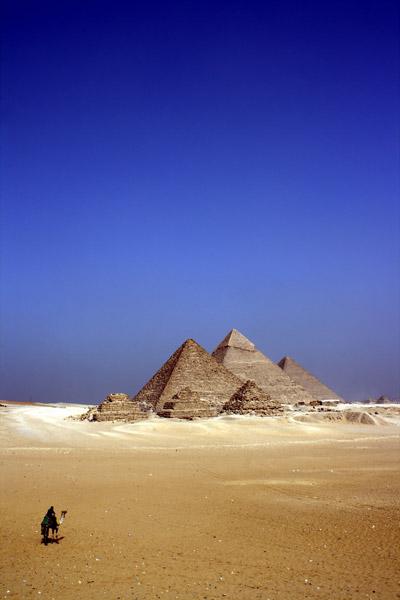
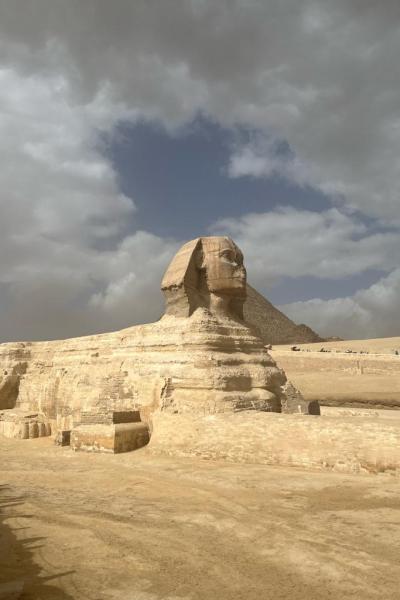
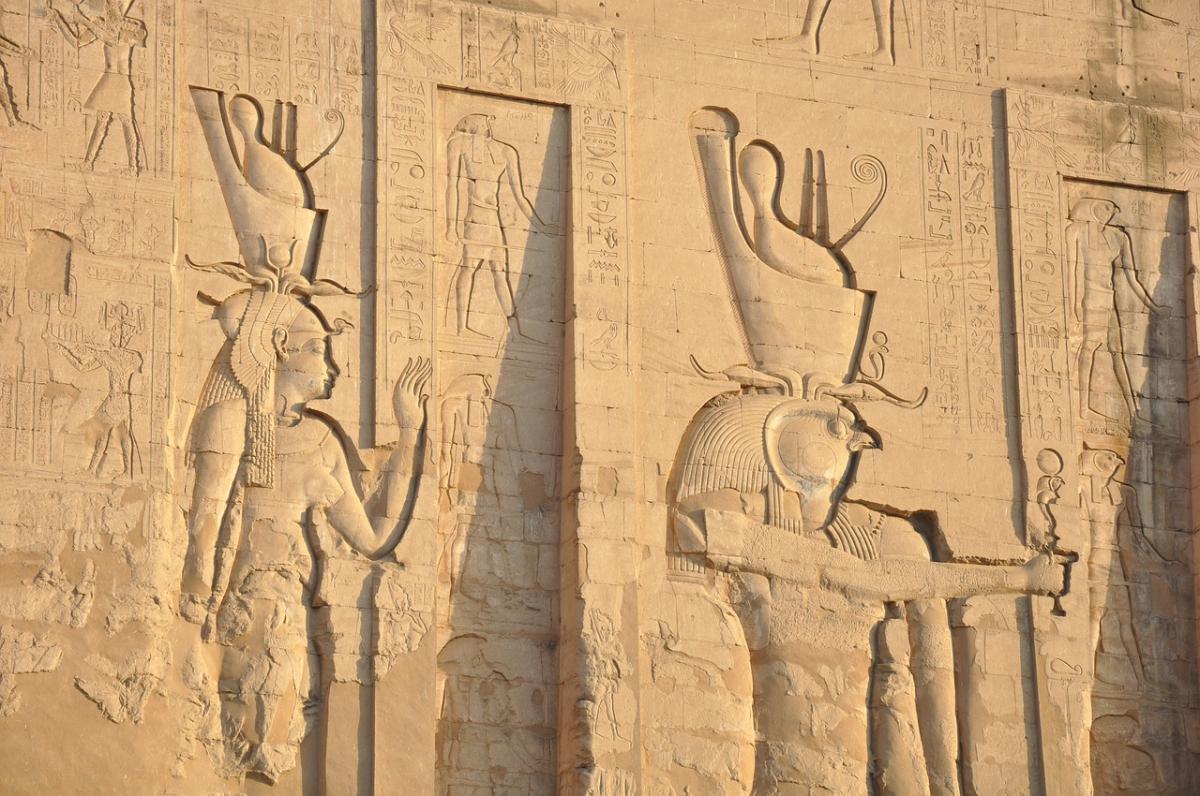
Egypt, a nation at the crossroads of Africa and the Middle East, boasts a culture that is as rich and layered as its millennia-old history . From the monumental legacy of the Pharaohs to the enduring influence of Coptic Christianity and the pervasive traditions of Islam, Egyptian culture is a vibrant...
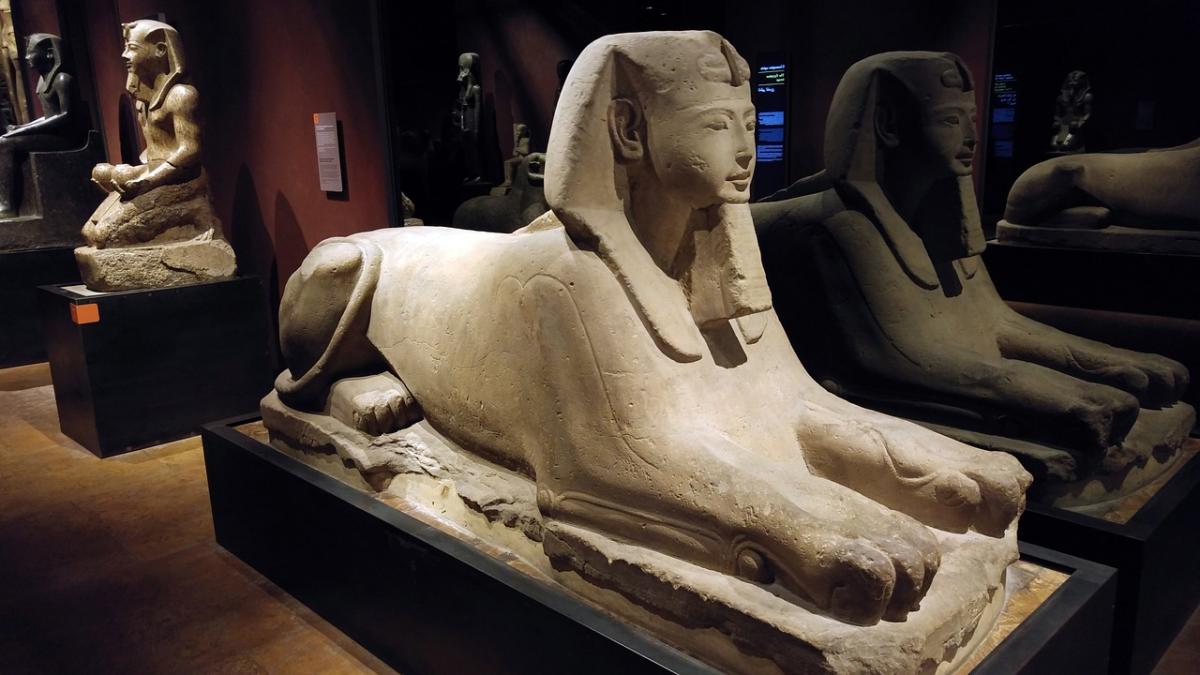
Located in the heart of Cairo on Tahrir Square, the Museum of Egyptian Antiquities, commonly known as the Egyptian Museum, stands as the oldest archaeological museum in the Middle East . For over a century, it has been the worlds foremost repository of Pharaonic antiquities, offering an unparalleled...
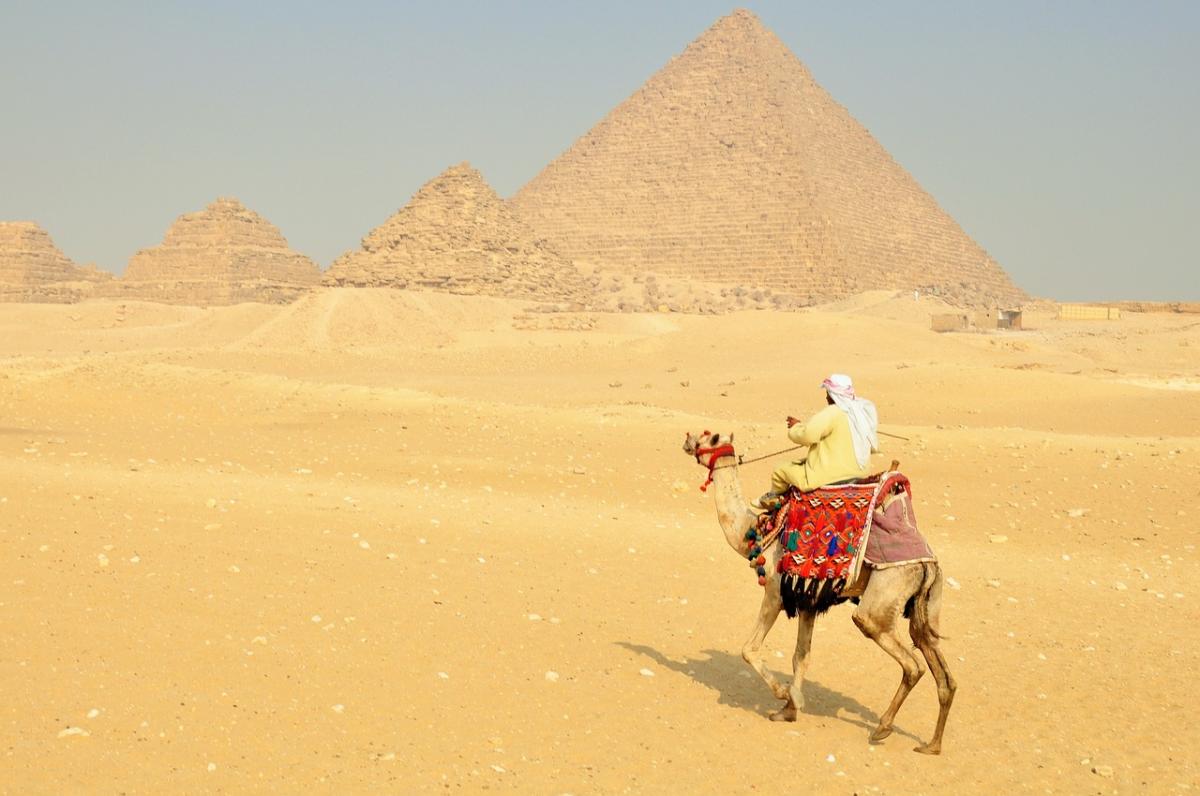
Egypt, the land of pharaohs, ancient tombs, and the life-giving Nile, often conjures images of grand tours and luxurious cruises . However, this cradle of civilization is remarkably accessible for the budget-conscious traveler . With careful planning, you can experience its most iconic wonders without...